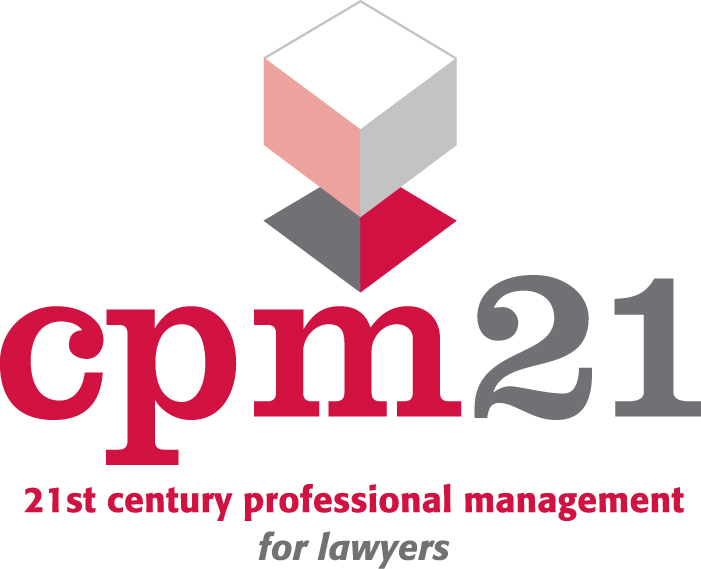Practical Tips on how to Approach a Merger or Acquisition Project

With the number of law firm mergers and acquisitions having declined over the past 10 years, commentators predict that the number of firms looking to merge or acquire will sharply increase over the next 12 months.
Having been involved at senior leadership level in previous merger and acquisition projects, cpm21 Senior Consultant Ian Hopkins gives his Top 10 tips on how to decide whether merger or acquisition is the right option for your firm and if so how to approach the merger project.
- Be clear as to the reasons why you are merging. Do not enter merger on a gut feel. Merger is the riskiest of all law firm growth mechanisms so if you can achieve your strategy without the need to merge or acquire another firm, do not do it.
- There is no perfect merger partner out there, so compromise by both parties is likely to be necessary. Be clear where your red lines are and what you are not prepared to compromise on.
- Take time to get to know each other and both parties should conduct as much due diligence as possible. It’s likely that you will be in partnership with your new partners for a long time, so best to ensure that you can work together successfully before merging or acquiring.
- Ensure your partners are on board with the idea. Merger projects can have a life of their own and the danger is for the Managing Partner to work in isolation leaving the partners behind which is likely to cause friction within the partnership. Regular communication is essential, so all partners feel in the loop and understand the benefits of creating the larger firm.
- There is no one size fits all approach to making a merger work, but studies have identified common themes which cause mergers to fail. Such things as culture, an imbalance in the profitability of the two firms and onerous lease clauses. Be aware of these common showstoppers and address them early in negotiations to avoid wasting precious time.
- Treat merger as a project and properly resource your merger project team. Everyone on the merger project team has a day job to do. Do not underestimate the time and effort it takes to successfully put two law firms together.
- Ensure client confidentiality is protected. Before client files are inspected as part of the due diligence process, clients’ consent will be required. The SRA have provided guidance on how they expect confidentiality to be protected during a merger project and details are available on the SRA website at:
https://www.sra.org.uk/solicitors/guidance/confidentiality-client-information/
- Be open and honest with your staff and support them throughout the process. Use different communication techniques to maintain interest – Blogs; town hall meetings; team meetings; one to ones – focus on the big picture and why the new entity will be improved and the benefits that will bring for your staff.
- Use one IT system on go live and avoid using the two legacy firm systems. Building a sense of identity and belonging to the new firm is important, but this will be harder to achieve if you continue to use the old IT systems of the legacy firms.
- Keep your clients in the loop. Have a communications plan as to how and what your clients are told, by whom and when. Focus on why the new firm will be bigger, faster, and better for the clients.
Even if you are not thinking of merging, acquiring, or putting your firm up for sale at this stage, it is important that Managing Partners continue to professionalise their firms to make them as attractive as possible to potential merger partners should circumstances change.
There is likely to be good opportunities out there to merge or acquire over the coming year, but only for those firms that can demonstrate good management practices, profitability, and a good compliance record.
If you would like to discuss any of the themes in this article please contact Ian Hopkins, Wayne Williams or Paul Jones of cpm21 who will be delighted to assist.




